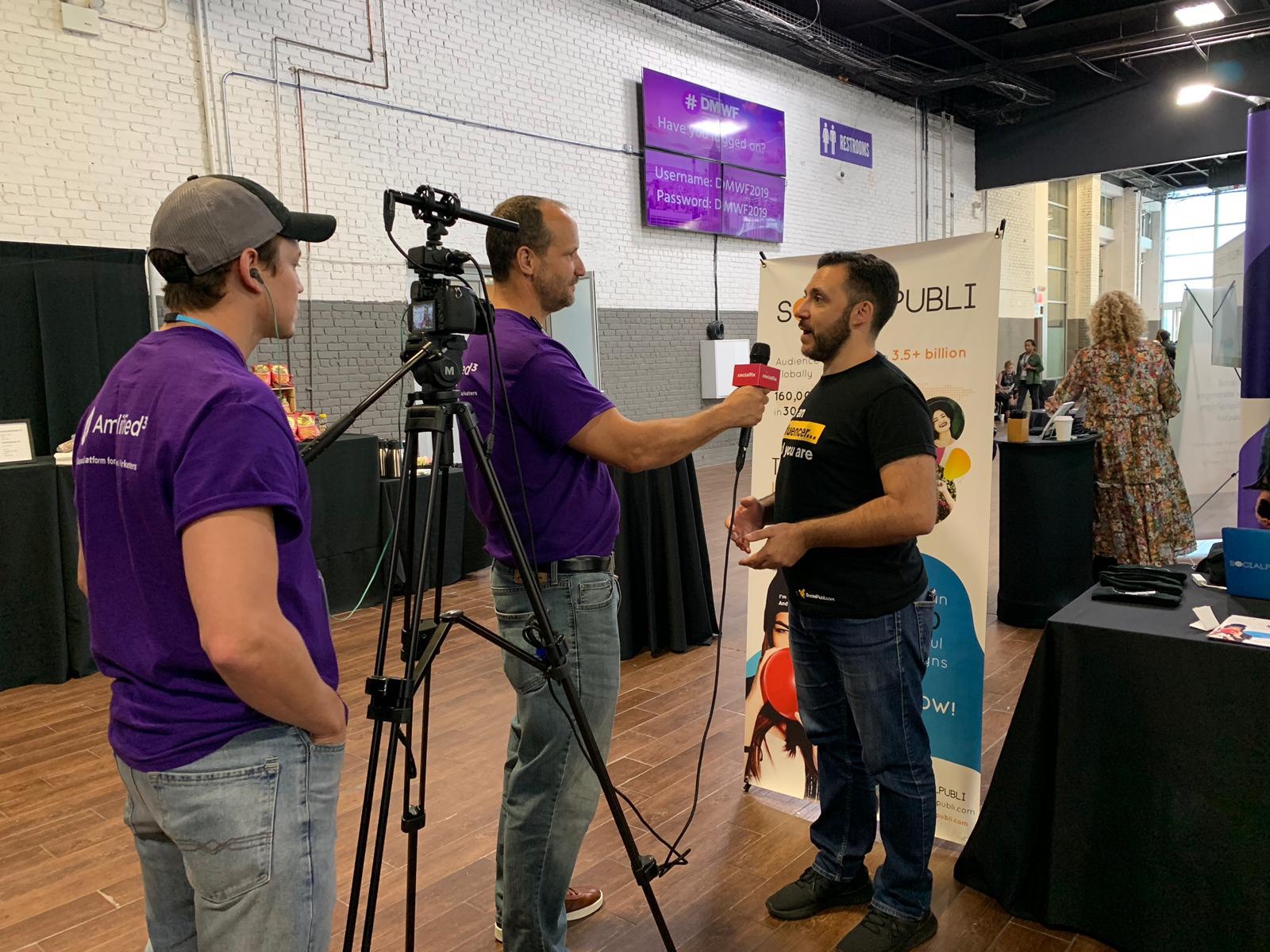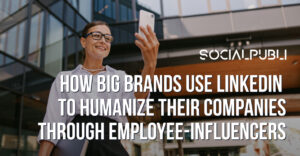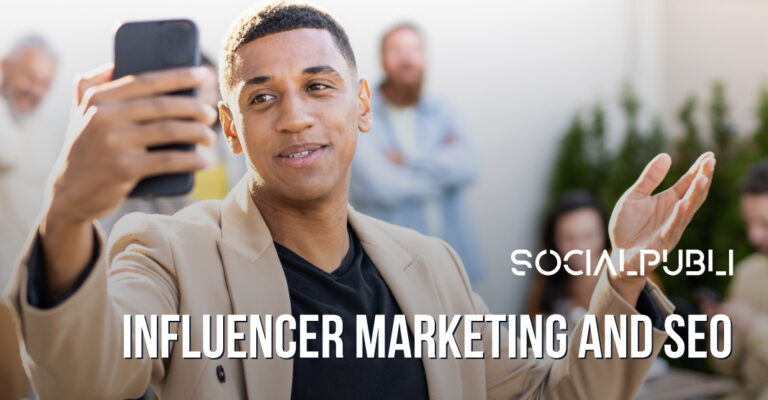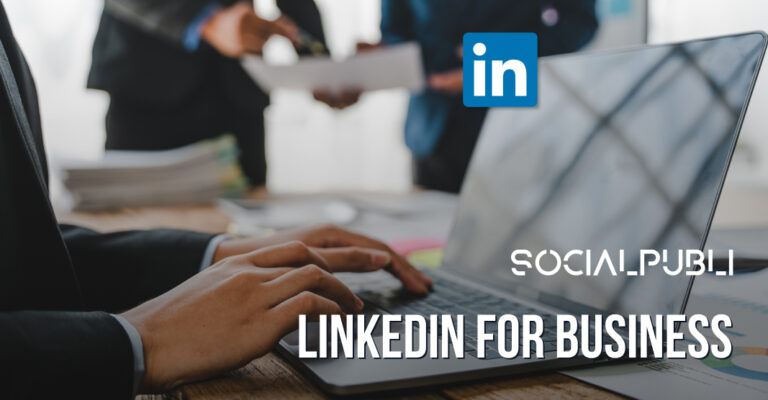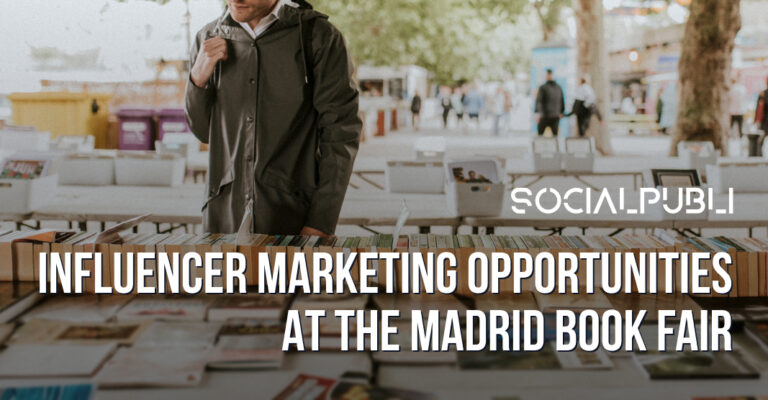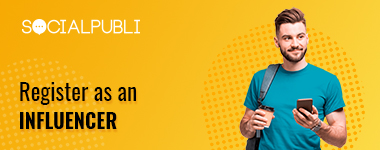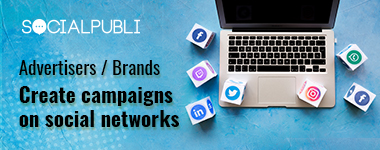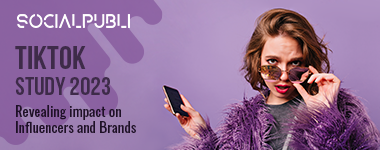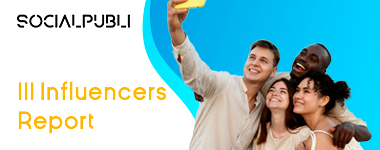Influencer marketing is alive and well
This was my first year as a speaker at the Digital Marketing World Forum- North America and although the conference covered multiple topics, including e-commerce, digital brand strategy, VR and AR and SEO strategy, I am happy to say that influencer marketing was a popular topic of interest and discussion around marketing professionals in attendance.
During my session titled #WeAreALLInfluencers: The Power of Micro-Influencers my goal was to communicate the benefits of collaborating with the long-tail of influencer marketing and highlight their ability to not only generate more engagement than any other influencer category but also authentically connect brands with their target audience online.
If I had to pick an AHA! moment I would be when I shared the graph below extracted from our 2018 Global Micro-Influencer Study where we analyzed engagement rates from all influencers who had completed campaigns through our platform. The data shows that micro-influencers deliver 7X more engagement on Instagram than the average generated by mid, macro, and mega-influencers combined. The numbers were eye-opening for marketers in the audience and communicated, better than I could ever have done, what I was trying to say… Micro-influencer marketing works!
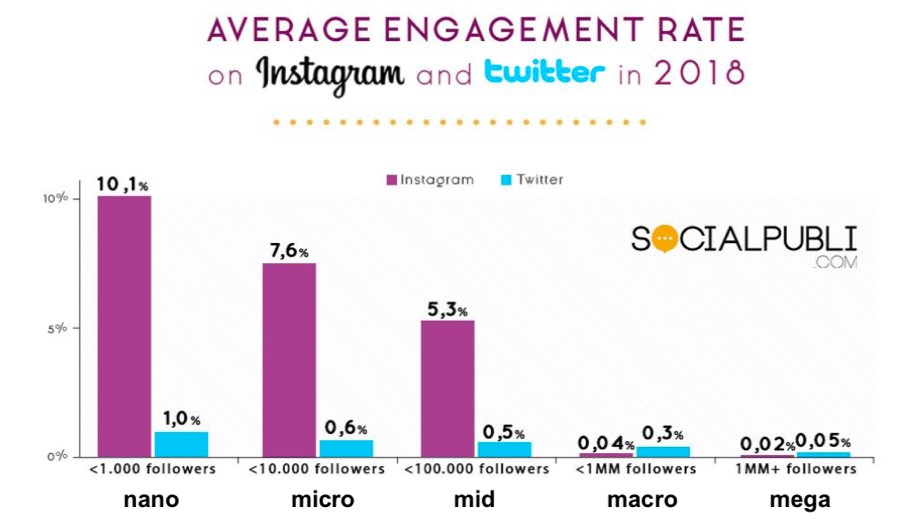
Overall, marketers at the conference were receptive to the idea of working with micro-influencers. They understand the advantages when it comes to engagement rate but find it challenging to execute campaigns with 20, 50 or 100 micro-influencers simultaneously in an effort to try to reach the same audience size they’d reach with a celebrity or top influencer.
Our platform addresses this challenge by allowing marketers to launch campaigns with dozens or hundreds of vetted and relevant influencers at once. Marketers not only create, configure, and launch their campaigns from our platform but also control operations from their dashboards where they’re able to track metrics and see results in real-time.
Biggest Takeaways
My three biggest takeaways from interacting with marketers both during my session as well as on the exhibit floor were:
- Influencer marketing continues to expand and grow at a fast pace into niches that were not even initially contemplated with new interest from marketers from a wide variety of industries.
- Marketers understand the why, but they need help figuring out the who, how and, where. They know that influencer marketing is something they should integrate into their existing plans but need guidance to determine who to work with, in which platform, and how to do so to get the best results.
- Fraud and brand safety are genuine concerns, and the main reasons marketers are hesitating to initiate influencer marketing programs or expand the ones they currently have.
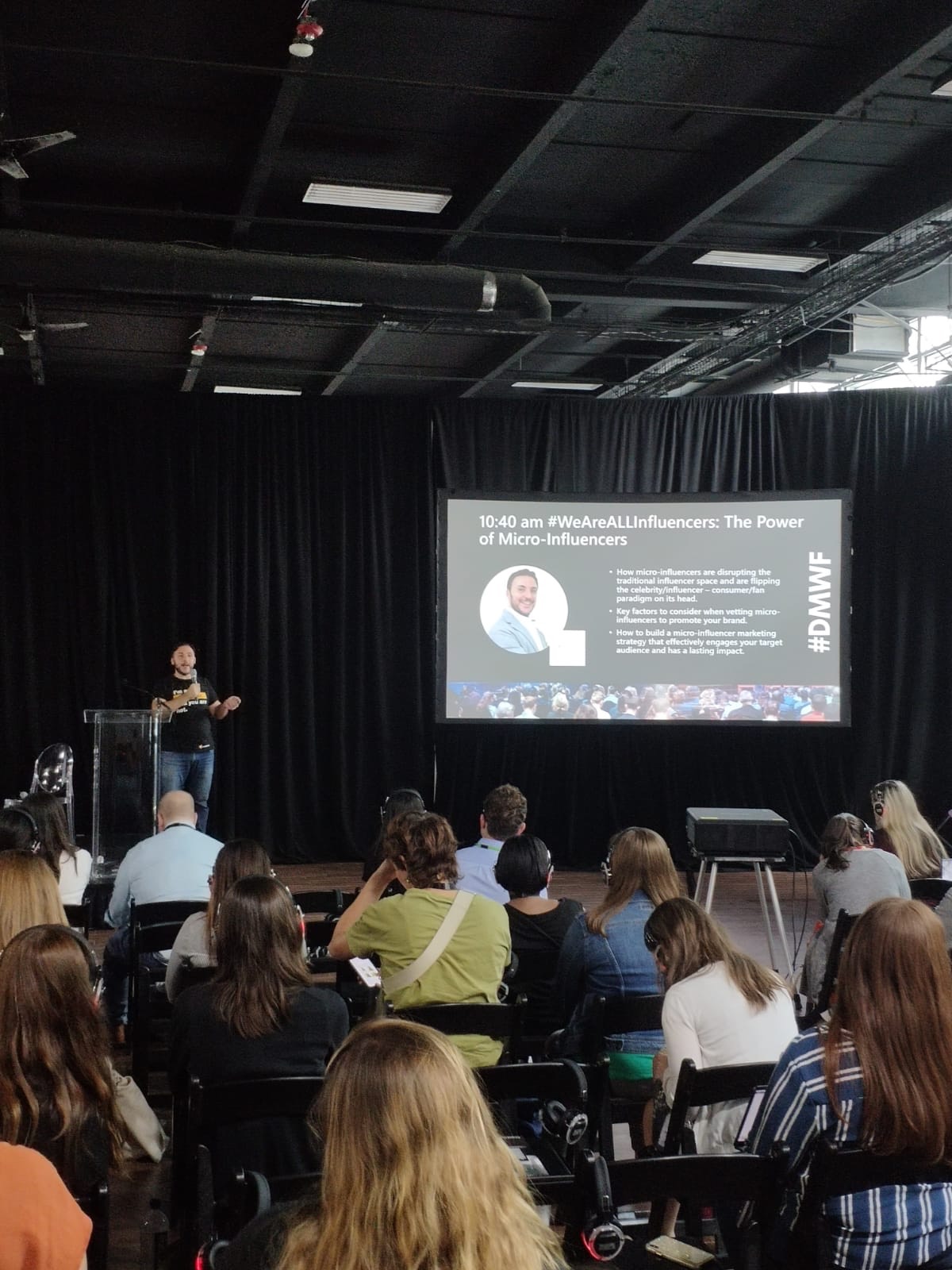
Although there was a palpable widespread interest in working with influencers, there is still a lot of hesitation which stops marketers from experimenting with larger programs. My perception was that for the majority of the brands that were present, influencer marketing is still a very manual process. In an attempt to maintain control, influencer marketing is generally handled entirely in-house, and this does not provide the bandwidth to be more ambitious with programs due to limitations when it comes to resources and capabilities.
Influencer fraud is a real issue, and their concern is understandable, but the only cure for it is a strict vetting process to select the best influencers for your campaigns. This can be a painstaking process when done manually, and it is yet another one of the reasons why working with platforms makes sense. We do that for you. There are systems in place that monitor influencers and show us when there is suspicious activity going on. Having said this; however, I must also add that the problem of influencer fraud is not as prevalent among smaller-scale influencers, including both micro and nano-influencers, because their communities are generally more intimate in nature.
Another reason why marketers may have a preference to keep these programs in-house instead of outsourcing them is brand safety. They believe that working with a celebrity or a select group of top influencers allows them to maintain a stronger grip on the outcome of the campaign. But the truth is that this limits the brand tremendously in terms of diversifying their reach, optimizing and pivoting when necessary and, most importantly, authentically reaching their target consumer. As I said during my presentation, nobody believes that Rafael Nadal or Roger Federer drive a Kia or a Hyundai. It’s totally unrealistic. But these pairings between celebrities and brands everyone knows they don’t really consume happen all of the time and marketers need to ask themselves if they are effective at reaching today’s informed and knowledgeable consumer.
The goal should be to find a healthy balance between safeguarding the brand’s image and letting go to allow for creative freedom. In our case, here at SocialPubli.com, we address this brand safety concern by helping brands retain control at all times while encouraging influencers to produce content in their genuine voice. Marketers are not only able to moderate and review all of the content and ask for edits when necessary, but they must approve a message before it is published. There’s no better brand safety than that.
What’s to Come
Influencer marketing has already become an integral part of the marketing mix and it’s evolving at such a rapid pace that brands who are now bystanders will need to make a decision sooner rather than later.
Having participated in multiple conferences across Europe and Latin America as both a speaker and an attendee over the years before speaking at my first US-based conference, one thing I did notice is that the influencer marketing industry in the United States is already entering its next phase with a significant diversification of industries and B2C / B2B companies looking at influencer marketing as a viable solution to drive brand awareness and attract leads into the funnel.
The key is to see influencer marketing as a complement to your existing marketing strategies. It is not THE way but one of the ways to reach consumers in this new social media-driven era. For markets to succeed in influencer marketing, they must first realize that there are many ways to do influencer marketing. Imitating what others are doing does not work because today’s consumers expect personalization and real connection. Marketers need to create their own unique formula based on their target audience, needs, and objectives.
Secondly, they must overcome the mentality that bigger is better and the notion that popularity is equivalent to influence. It’s important to understand that #WeAreAllInfluencers because we always have been. And this is especially true now, more than ever, when all kinds of voices have the ability to connect with an audience, build a community and influence perception and behavior simply through the use of a smartphone.
The content above was written by our CEO, Ismael El-Qudsi, based on his experience at this year’s Digital Marketing World Forum which took place on September 11-12 in New York.
